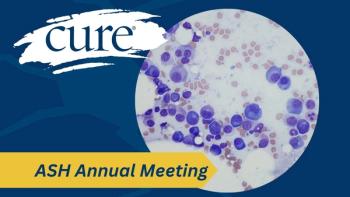
Tanning beds definitely cause cancer
Similar to the decades-long controversy surrounding health risks of cigarettes, with doctors warning of cancer risks and industry lobbyists denying them, it has taken a long over-due statement from the World Health Organization (WHO) to confirm what many people already knew, and ignored: Tanning beds cause cancer. The International Agency for Research on Cancer (IARC), part of the WHO, has moved ultraviolet emitting tanning beds to its highest cancer risk category, ranking them among cigarettes, arsenic, and asbestos as posing the greatest threat of cancer to humans.Previously classified as "probably carcinogenic to humans," the IARC recently reclassified UV-emitting tanning devices, such as sun lamps and tanning beds, as "carcinogenic to humans." This decision was based on a meta-analysis of about 20 studies showing that tanning bed use before age 30 raises a person's risk of skin melanoma by 75 percent. The report, published in The Lancet Oncology, also noted that control studies showed consistent evidence of a positive association between the use of tanning devices and ocular melanoma.I think it is wonderful that cancer experts and researchers are finally confirming and declaring the incredible harmful effects of tanning bed use, especially since just a few years ago it was considered "safer than sun tanning." Skin cancer advocacy groups and nonprofits such as the





